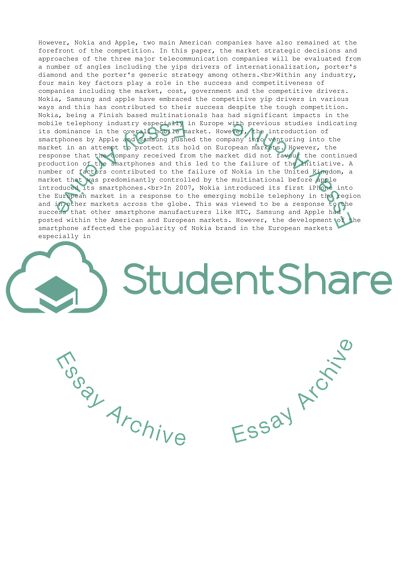Cite this document
(Strategic Management Assignment Example | Topics and Well Written Essays - 2750 words - 1, n.d.)
Strategic Management Assignment Example | Topics and Well Written Essays - 2750 words - 1. https://studentshare.org/management/1843930-strategic-management
Strategic Management Assignment Example | Topics and Well Written Essays - 2750 words - 1. https://studentshare.org/management/1843930-strategic-management
(Strategic Management Assignment Example | Topics and Well Written Essays - 2750 Words - 1)
Strategic Management Assignment Example | Topics and Well Written Essays - 2750 Words - 1. https://studentshare.org/management/1843930-strategic-management.
Strategic Management Assignment Example | Topics and Well Written Essays - 2750 Words - 1. https://studentshare.org/management/1843930-strategic-management.
“Strategic Management Assignment Example | Topics and Well Written Essays - 2750 Words - 1”. https://studentshare.org/management/1843930-strategic-management.


